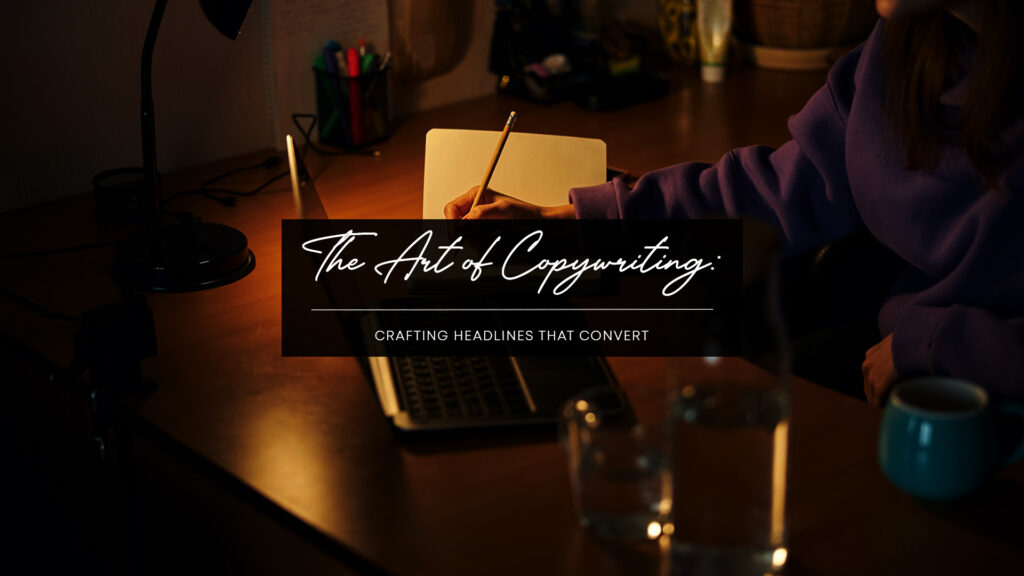In the realm of copywriting, headlines are the ultimate attention-grabbers. A powerful headline not only piques curiosity but also drives conversions by compelling readers to engage with the content. Key elements that make a headline convert include specificity, urgency, and emotional resonance. Incorporating action words or numbers often makes headlines more compelling. Additionally, ensuring the headline aligns with the target audience’s pain points or aspirations adds a layer of relevance that drives clicks and shares. Successful copywriters spend ample time brainstorming and testing different headlines to discover which best captures the audience’s attention.
From Concept to Execution: The Creative Process Behind Campaigns
A compelling advertising campaign goes through several stages, from ideation to execution. The process typically starts with a brainstorming session that involves exploring the client’s goals, understanding the target audience, and identifying unique value propositions. This concept phase is where creative teams establish a campaign’s core message and visual themes.
Once the concept is defined, the creative team moves to the planning stage, outlining all campaign elements, including visuals, messaging, and digital channels. During this phase, copywriters, designers, and strategists collaborate to bring the vision to life cohesively. Next is the execution phase, where each component is developed, tested, and refined. Feedback from stakeholders is crucial at this stage to ensure all aspects align with the original concept. This structured yet flexible creative process is essential for producing campaigns that resonate with the audience and deliver measurable results.
Why Great Design Matters in Advertising: Trends and Best Practices
In a competitive digital landscape, great design is no longer optional in advertising; it’s a necessity. Visually compelling ads immediately capture attention and help brands establish a memorable identity. One growing trend in design is the use of minimalism, with clean layouts and limited colour schemes that enhance message clarity. This approach aligns with the “less is more” philosophy, focusing attention on the core message rather than on excessive visual elements.
Another design trend is the incorporation of authentic imagery, as consumers increasingly gravitate towards ads that feel genuine and relatable. A strong focus on mobile-first design is also essential, as a significant portion of ad interactions occur on smartphones. Finally, incorporating motion graphics and interactive elements in digital ads adds an extra layer of engagement. Brands that invest in high-quality design not only stand out but also improve their credibility and user experience, ultimately leading to higher engagement and conversions.
Conclusion
In advertising, every component — from compelling headlines and well-executed campaigns to thoughtful design — plays a critical role in capturing and retaining the audience’s attention. Mastering these creative and design processes allows brands to communicate more effectively, build meaningful connections, and ultimately drive conversions. By staying updated on industry trends and employing best practices, brands can continue to innovate and resonate in today’s ever-evolving digital space.




